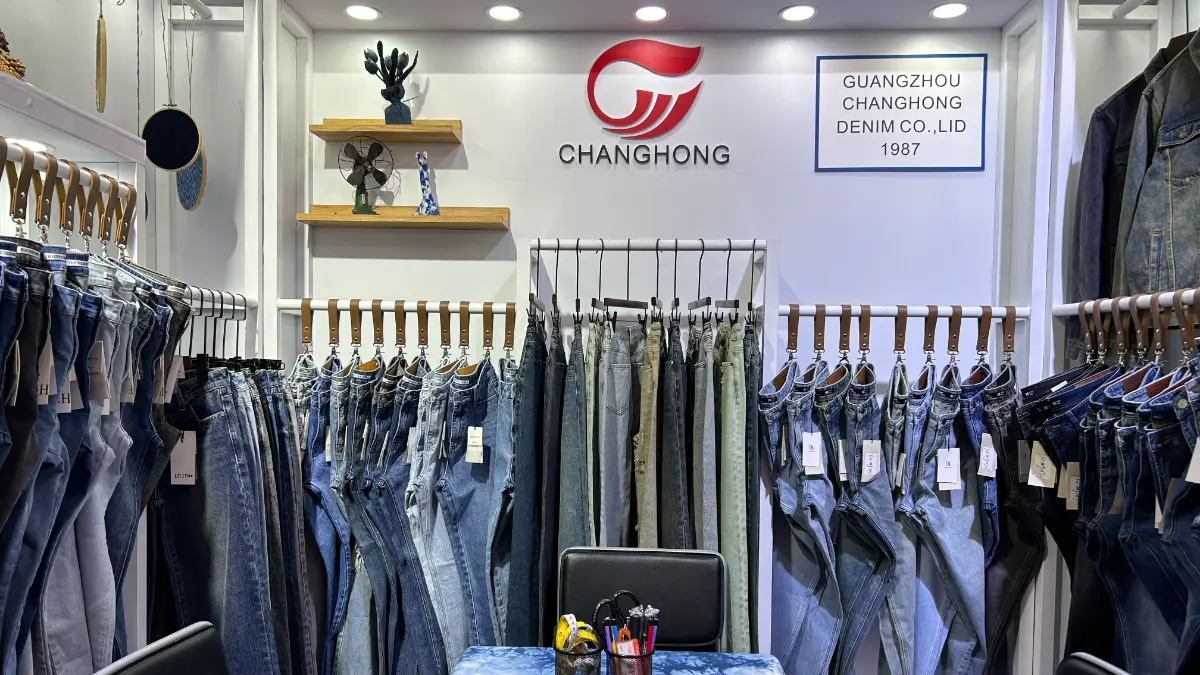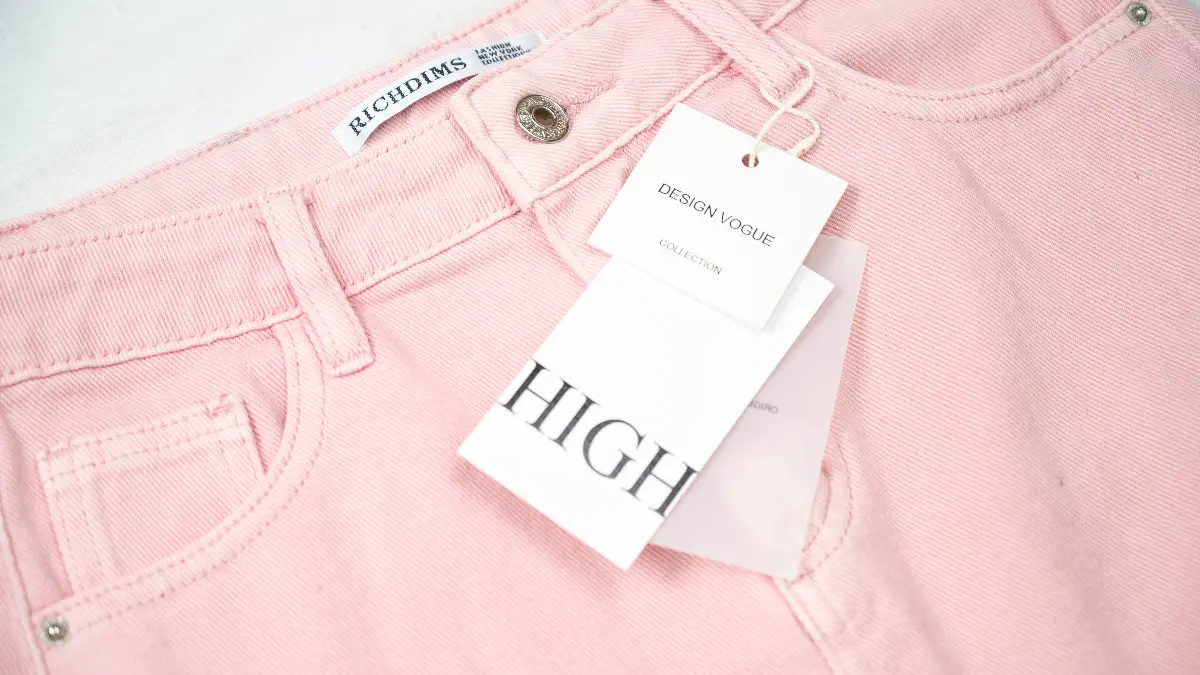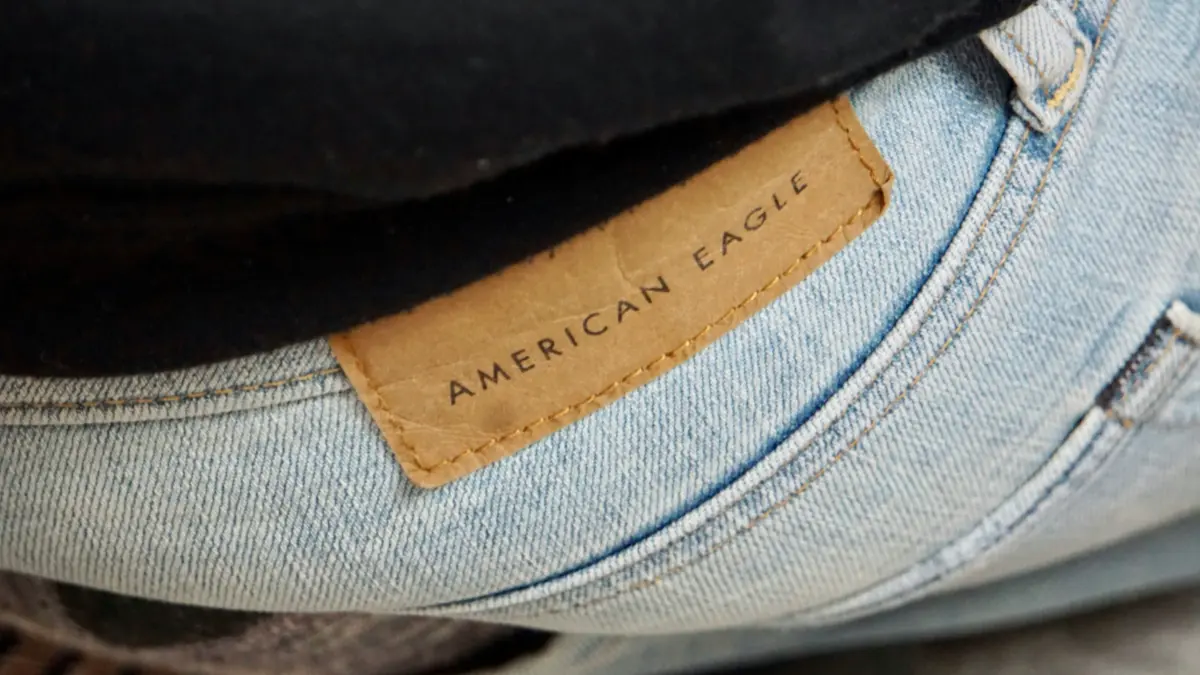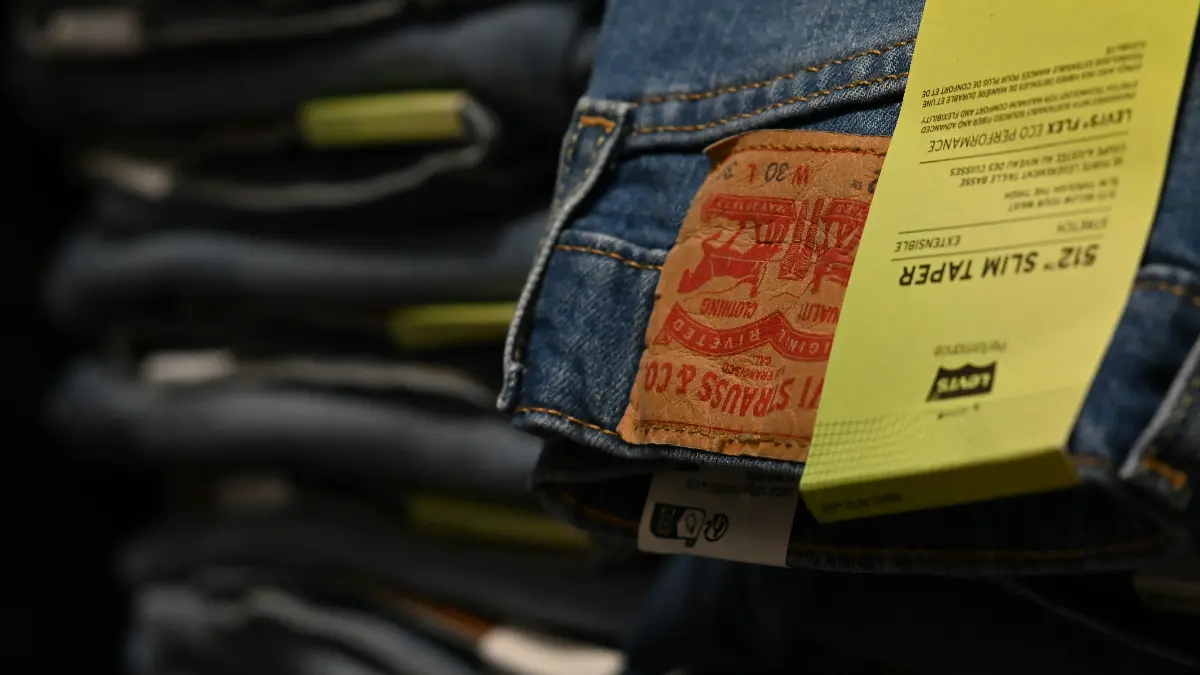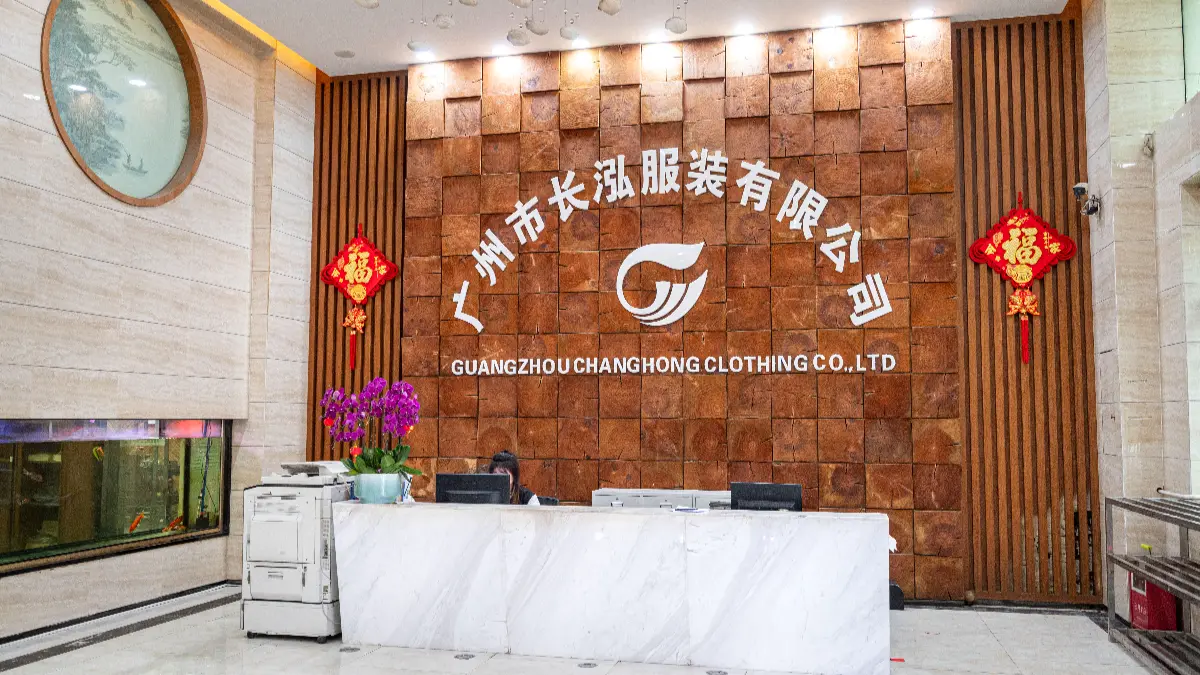The global denim jeans market was estimated at around US$86.7 billion in 2024, and is projected to reach about US$121.5 billion by 2030 according to Grand View Research. Consumers are increasingly looking for high-quality, stilvoll, and durable jeans, creating opportunities for brands to stand out. In this competitive landscape, working with a skilled custom denim jeans manufacturer is crucial. The right partner can ensure top-notch production, optimize costs, and transform your design ideas into ready-to-sell products efficiently.
In diesem Artikel, we’ll explore the essential steps, industry best practices, and expert tips for collaborating successfully with a denim manufacturer.
Key Insights for Successfully Collaborating with Denim Manufacturers
- Clear and detailed communication on design specs and expectations is critical to avoid production errors.
- Requesting samples and understanding MOQs upfront can save time and ensure quality.
#1 Identifying the Right Manufacturer
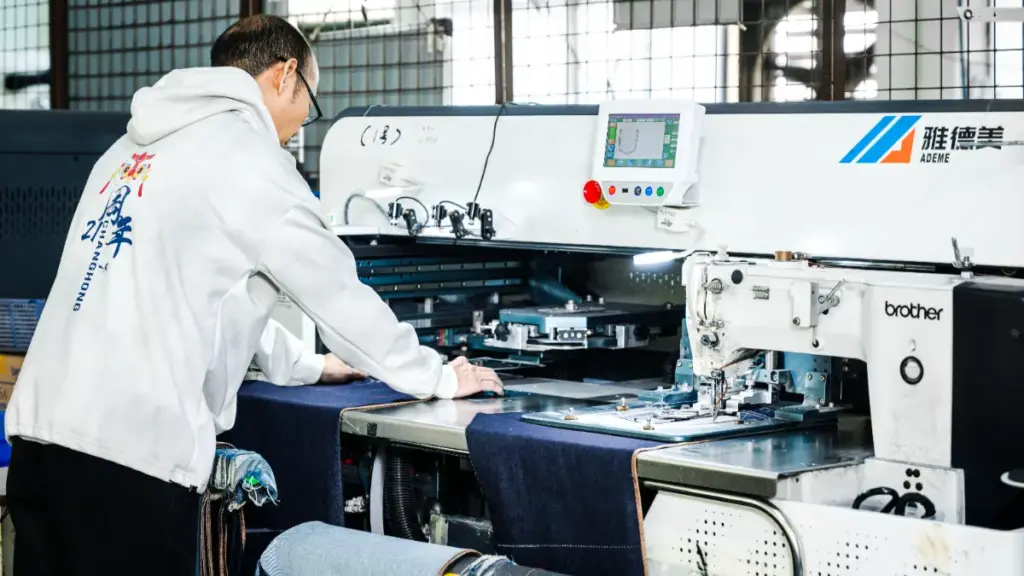
Finding the right denim manufacturer is a crucial step in turning your design ideas into high-quality products. A reliable partner ensures consistency, timely delivery, and the ability to scale production as your brand grows. Here’s how to identify and evaluate potential manufacturers effectively.
How to Research Potential Denim Jeans Manufacturers
Start by exploring multiple channels to find manufacturers that match your needs:
- Trade Shows: Attending major trade shows is one of the most effective ways to meet denim manufacturers face-to-face. Events like Denim Première Vision in Paris, Kingpins Show in Amsterdam and New York, China Import & Export Fair (Canton Fair) in Guangzhou, and regional textile expos allow you to examine fabric swatches, check sample quality, and evaluate production capabilities firsthand.
- B2B Platforms: Websites such as Alibaba, Made-in-China, and Global Sources list verified denim manufacturers. Check ratings, reviews, and past projects.
- Referrals and Recommendations: Industry colleagues or fashion consultants can recommend trustworthy factories. Word-of-mouth often reveals reliability more accurately than online listings.
- Manufacturer Websites: A professional website with clear product catalogs, Zertifizierungen, and contact details is usually a good sign of credibility.
Collect at least 5–10 potential partners and keep a record of their capabilities, communication responsiveness, and previous work examples.
Evaluating Manufacturer Capabilities
Once you have a shortlist, evaluate each manufacturer based on key production factors:
- Fabric Supply: Can they source high-quality cotton, stretch denim, or specialty blends? Consistent supply is vital to avoid delays.
- Technical Expertise: Check if they handle the specific construction techniques you need, such as selvedge detailing, Bedrängnis, or embroidered designs.
- Minimum Order Quantity (MOQ) and Lead Time: Some factories require 200–500 units per style, while others can manage smaller batches. Confirm realistic lead times to match your launch schedule.
- Production Equipment: Modern machines for stitching, laser finishing, or automated washing improve efficiency and quality consistency.
- Past Projects: Evaluate samples of previous work for fit, stitching quality, und beenden. A skilled workforce is essential, especially for premium denim.
Checking Compliance and Certifications
Compliance ensures your products meet global standards and protects your brand reputation. Key areas include:
- ISO 9001: Quality management system certification ensures consistent processes.
- Oeko-Tex Standard 100: Verifies that fabrics are free of harmful chemicals, which is critical for international markets.
- BSCI: Confirms ethical labor practices.
- UNS & EU Textile Regulations: Ensure your garments meet labeling, safety, and environmental requirements in target markets.
Request copies of certificates and audit reports. Transparent manufacturers will willingly share this information.
#2 Preparing Your Design and Specifications
Clear design specifications prevent miscommunication and production errors. The more precise your instructions, the smoother the manufacturing process.
Creating Technical Packs (Tech Packs)
Tech packs are the blueprint for your jeans and should include:
- Measurement Charts: Taille, rise, Innenam, Hüfte, leg opening for all sizes.
- Wash Details: Stone wash, enzyme wash, or raw denim instructions.
- Color References: Pantone numbers or fabric swatches for accuracy.
- Hardware & Zubehör: Nieten, Tasten, zippers, and labels.
- Construction Notes: Stitch type, seam allowances, pocket placement, and any decorative elements.
Choosing Fabric, Fit, and Washes
Fabric and style choices define your product:
- Fabric Weight: Light (8–10 oz) for comfort, medium (11–12 oz) for durability, heavy (13–16 oz) for premium collections.
- Stretch Content: 1–3% elastane for flexibility; 100% cotton for rigid, authentic denim.
- Fit Styles: Schlank, gerade, tapered, relaxed, or wide-leg—select based on your target market.
- Wash Techniques: Stone wash for softness, enzyme wash for faded effect, or raw denim for a natural break-in over time.
#3 Negotiating and Managing Orders
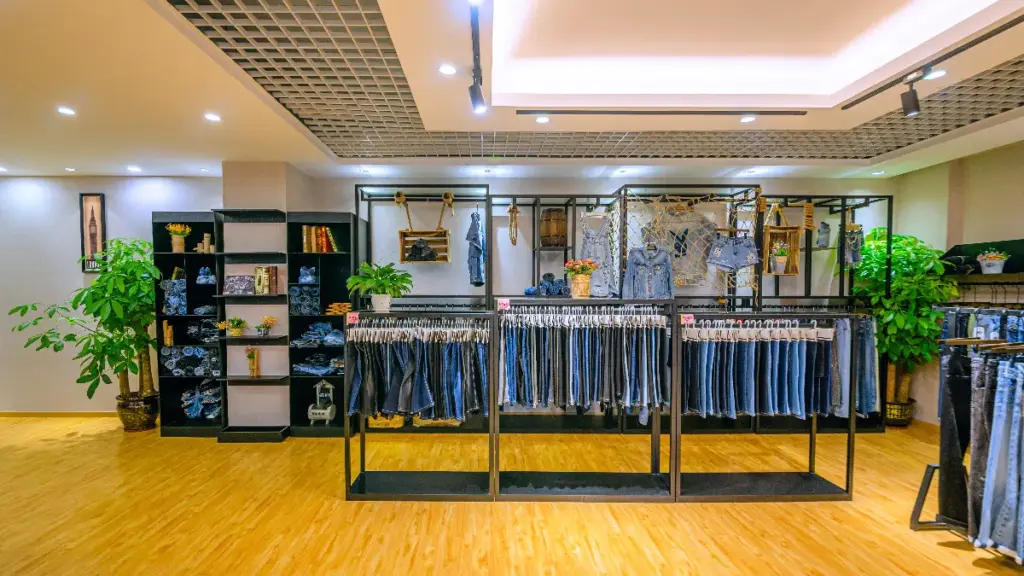
Smooth order management helps prevent delays and miscommunication.
Understanding Pricing and MOQ
Pricing is influenced by:
- Material Costs: Premium cotton or special finishes increase cost.
- Labor and Production Complexity: Distressing, embroidery, and specialty stitching require more time.
- MOQ: Smaller orders often cost more per unit, while larger batches provide discounts.
Negotiate terms upfront to avoid surprises, and consider negotiating a tiered pricing structure if you plan repeat orders.
Sample Production and Approval
Samples ensure the final product meets your expectations. Typical process:
- Prototype Sample: For initial fit and construction review.
- Pre-Production Sample: Mirrors final fabric, hardware, and washes.
- Feedback & Revisions: Mark adjustments clearly; limit iterations to avoid delays.
- Approval: Sign-off before bulk production begins.
Ensuring Clear Contracts and Timelines
Contracts should outline:
- Delivery Schedule: Include milestones for sample, pilot, und Massenproduktion.
- Payment Terms: Define deposits, interim payments, and final settlements.
- Quality Guarantees & Returns: Procedures for defects or delays.
- Legal Protections: Specify responsibilities and remedies for non-compliance.
A detailed contract protects both parties and ensures accountability.
Flexible Denim Manufacturing Built for Growth
Partner with Changhong Garment for trend-led men’s and women’s jeans, private-label services, and sustainable denim options. Enjoy fast sampling, flexible MOQs, and quality compliant with EU and US standards—perfect for startups, retailers, and brands targeting global markets.
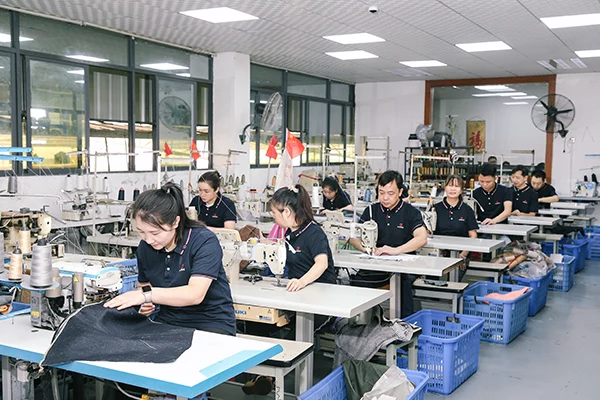
#4 Quality Control and Production Oversight
High-quality denim depends on careful monitoring throughout production.
Inspecting Denim Quality and Craftsmanship
Focus on key elements:
- Fabric Inspection: Check for color consistency, weight, and weave quality.
- Stitching & Seams: Even stitches, correct tension, and reinforced stress points ensure durability.
- Hardware & Zubehör: Knöpfe, rivets, and zippers must be functional and secure.
- Wash and Finish: Confirm the desired effect is uniform across all units.
Factory Visits vs Remote Monitoring
- On-Site Visits: Provide hands-on inspection and build trust with staff.
- Remote Monitoring: Photos, videos, and live calls save cost and time, especially for overseas production.
#5 Shipping, Logistics, and After-Sales
Understanding Shipping Options and Costs
Shipping impacts timing and budget:
- Sea Freight: Economical for large orders; slower (30–45 days).
- Air Freight: Faster (5–10 days) but more expensive.
- Courier Services: Best for small sample shipments.
Include customs duties, insurance, and taxes when calculating total costs.
Managing Returns and Defects
Even high-quality production can have issues. Implement clear policies:
- Return & Replacement: Define defect types and timelines.
- Responsibility: Decide who covers defective items.
- Customer Support: Quick responses maintain brand reputation.
Tips for Long-Term Manufacturer Partnerships
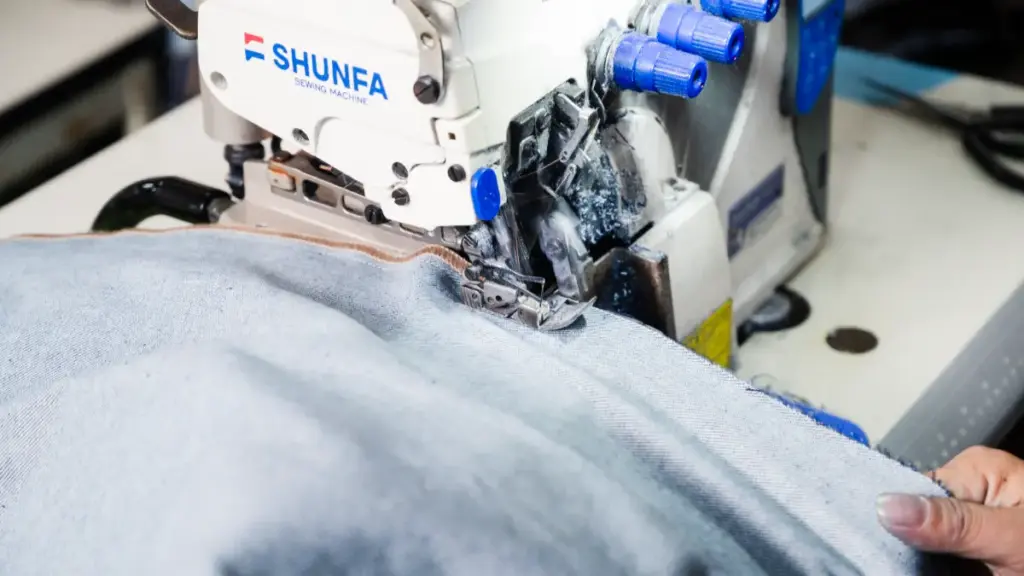
Building a strong, lasting relationship with your denim manufacturer can improve quality, reduce costs, and help your brand scale efficiently. Here are key tips:
- Maintain Open and Transparent Communication
Regular updates, honest feedback, and clear instructions prevent misunderstandings. Treat your manufacturer as a partner, not just a supplier. - Plan for Consistent Orders
Predictable, recurring orders help the manufacturer allocate resources efficiently, ensuring your products are delivered on time and maintaining consistent quality. - Negotiate Flexible Terms for Growth
Long-term partnerships often allow better pricing, lower MOQs for pilot projects, or priority scheduling during peak seasons. - Collaborate on Product Innovation
Experienced manufacturers can suggest new fabrics, finishes, or production techniques. Sharing your design goals can lead to creative solutions that enhance your products. - Conduct Regular Quality Reviews
Periodic inspections and feedback sessions strengthen production standards and prevent quality issues before they reach customers. - Stay Updated on Industry Trends Together
Engage your manufacturer in discussions about market trends, consumer preferences, and sustainable practices. This keeps your products relevant and competitive.
Frequently Asked Questions
How much does it cost to manufacture a pair of jeans?
The cost depends on fabric, design complexity, hardware, and order volume. Simple jeans may cost $10–$20 per unit in bulk, while premium or specialty styles can range $25–$50 or more.
What is the minimum order quantity (MOQ) for custom denim jeans?
MOQs vary depending on the manufacturer, Stoff, and style complexity. Typischerweise, small factories require 200–500 units per style, while larger factories may have higher minimums. Always confirm before signing a contract.
How long does it take to produce a batch of custom denim jeans?
Production time depends on order size, complexity, and washing/finishing processes. On average, 4–8 weeks are needed for bulk production after sample approval.
Can manufacturers help with fabric sourcing?
Ja, most professional denim manufacturers have partnerships with fabric mills and can suggest suitable materials, including stretch blends, raw denim, and eco-friendly options.
What is a tech pack and why is it important?
A tech pack is a detailed document outlining your design specifications, including measurements, Stoff, trims, Wäsche, and stitching. It ensures the manufacturer produces your jeans exactly as intended.
How can I ensure product quality if I cannot visit the factory?
You can use remote monitoring through photos, videos, or live video calls. Combining this with sample approvals and third-party inspections helps maintain high-quality standards.
Are certifications necessary when working with international buyers?
Ja. Certifications like ISO 9001, Oeko-Tex, and BSCI demonstrate quality management, safe fabrics, and ethical labor practices. They are often required for compliance with US and EU regulations.
Can I request small sample orders before committing to a full batch?
Most manufacturers allow sample orders, though they may charge a higher per-unit cost. This step is crucial to verify fit, Stoff, and wash before large-scale production.

